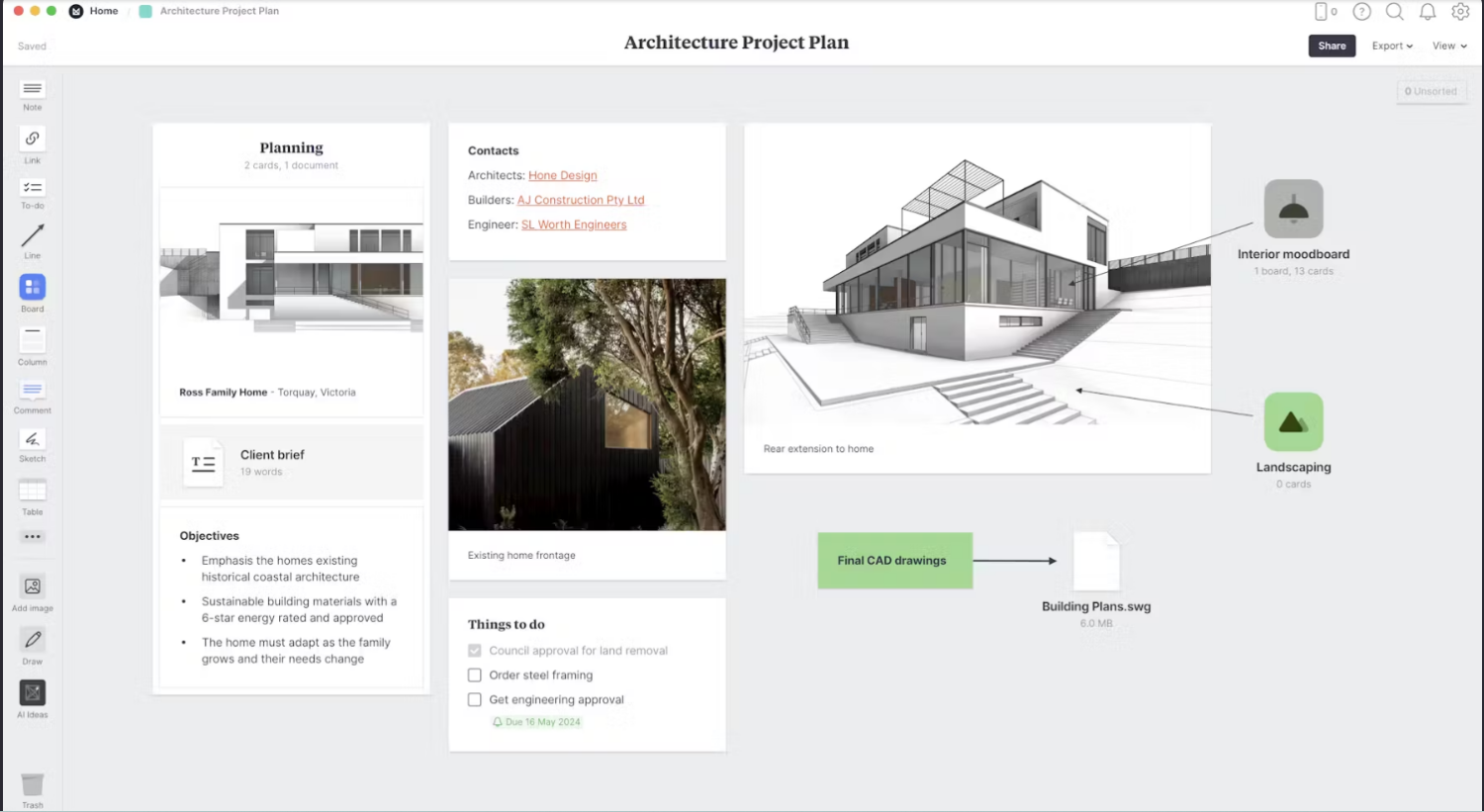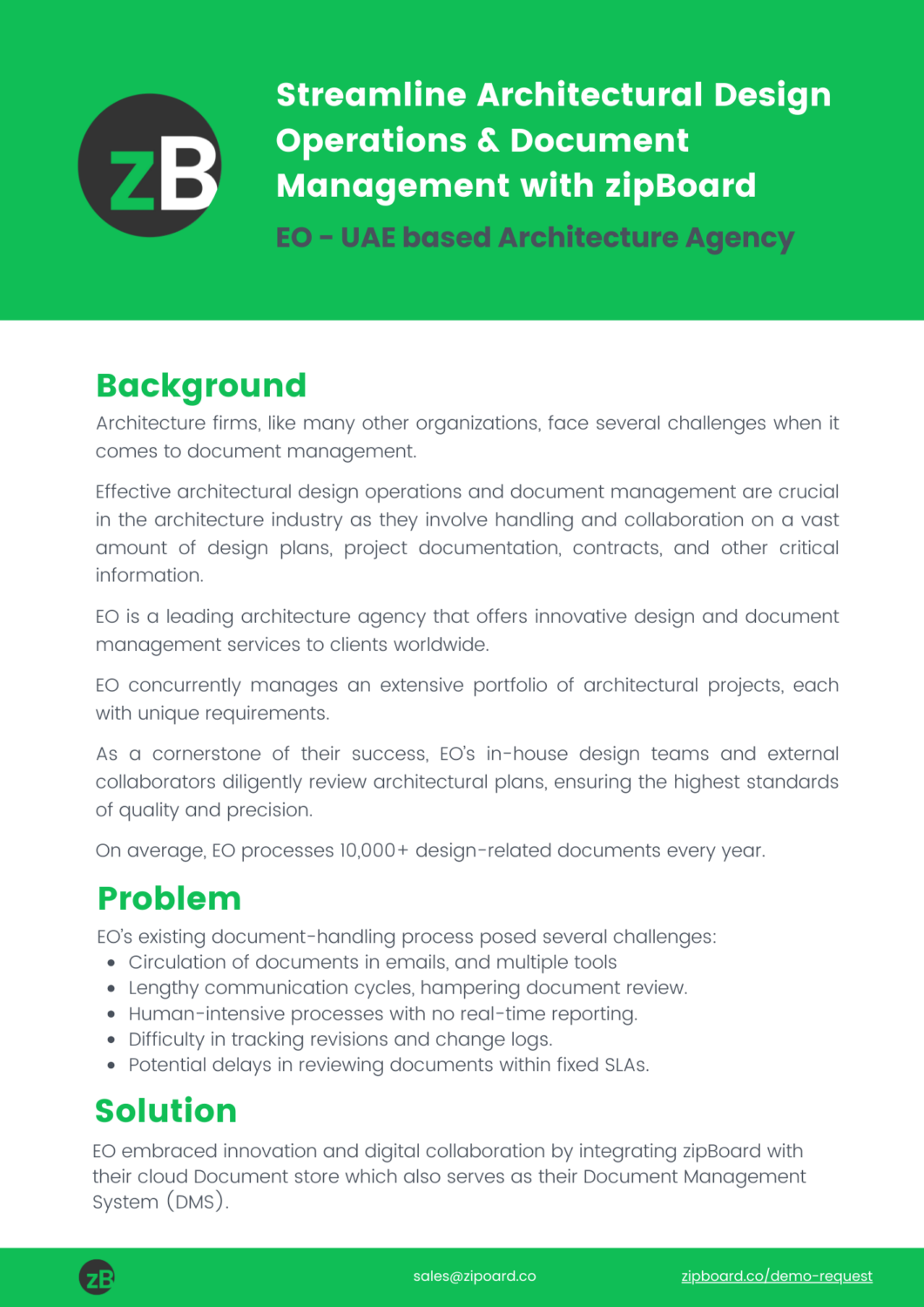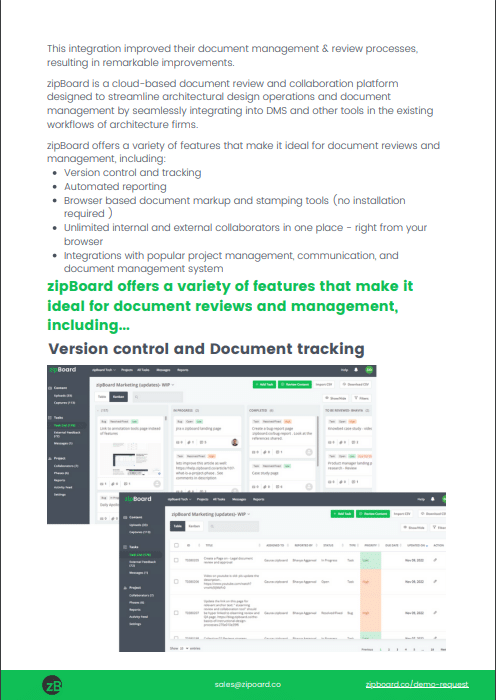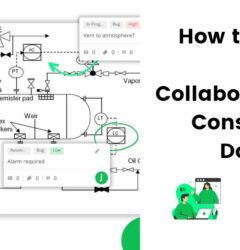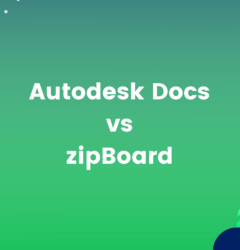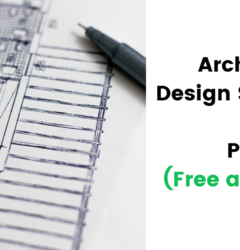7 Proven Strategies to Improve Architectural Project Management at Your Firm
26 Feb
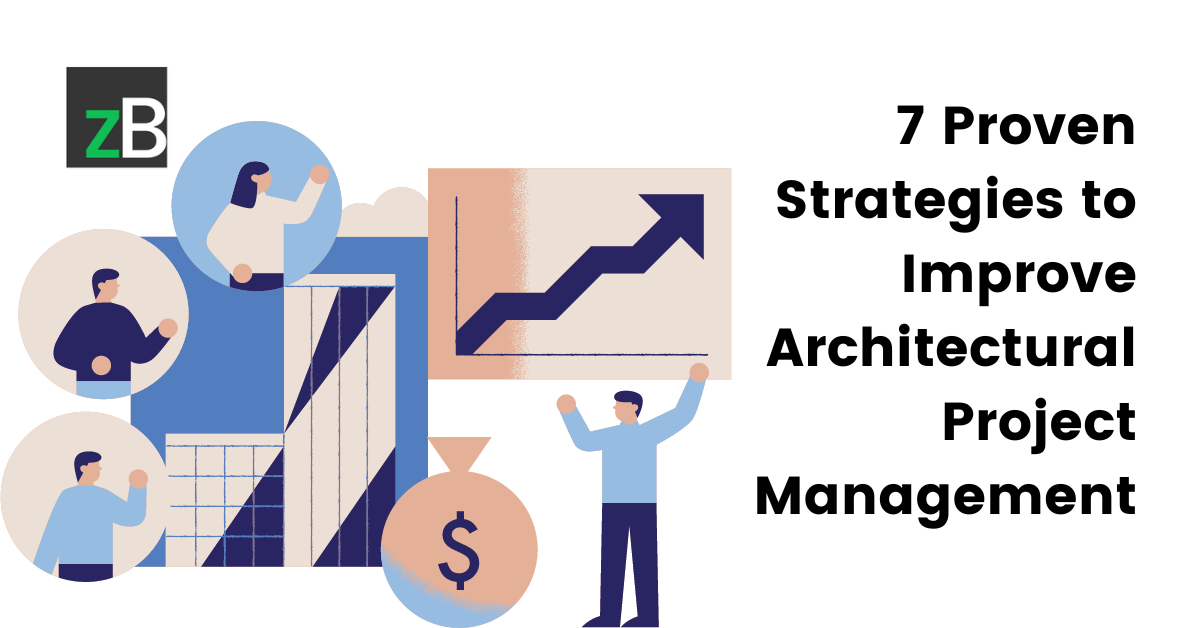
Table of Contents
ToggleEvery architectural project manager shares a common goal: delivering high-quality projects efficiently and within budget. Is it achievable? Absolutely! However, achieving this hinges on continuously improving your architectural project management practices.
We understand project management differs from industry to industry; and even in architecture, project management may look different from firm to firm or even from project to project.
But we can all agree that some commonalities cut across architecture project management – for every project.
Project management in architecture is demanding and can be cumbersome – from managing complex designs and stakeholder expectations to keeping tight control over budgets and timelines.
Continue reading to learn more about some of these challenges, as well as effective strategies to improve architectural project management at your firm. Get ready to pave the way for smoother workflows, faster project deliveries, happier clients, and a thriving practice!
Architectural project management is all about knowing what the end product – end result – is supposed to be and being very deliberate about the steps to get there. You need to have the finished thing in mind.
Michael Bahr, AIA, Project Architect and Director of Client Relations, Plunkett Raysich Architects, LLP Tweet
5 Architectural Project Management Challenges Firms Face
Several challenges occur in architecture project management – due to many factors.
According to Michael Bahr, AIA, the Director of Client Relations at Plunkett Raysich Architects, LLP, who also served as a Project Architect and Project Manager for the same firm for over 15 years, these challenges usually “come down to communication and managing expectation.” For both the internal team, and the external team of clients, contractors and consultants (engineers).
For instance, sometimes some clients may not understand the processes and what they’re expected to do to participate in the project. What do you do? – communicate. Explain what they have to do and why they have to do them, etc.
Other aspects of the project that relies on effective communication and managing expectations – both internally and externally – are the project goals, responsibilities of each part, timelines, budget, etc.
Here are 5 project management challenges your firm is likely to face:
Scope Creep
Changing client requests and design modifications gradually inflate the project’s initial boundaries – leading to scope creep. This snowball effect often leads to project delays, budget overruns, and frustration for architects and clients.
When new requirements frequently emerge, managing these changes while adhering to pre-established timelines and budgets becomes a delicate balancing act.
Communication Silos
Disjointed communication between architects, engineers, contractors, and clients can breed misunderstandings, missed deadlines, and rework – which disrupts the flow of information and affects the project’s success.
Setting Unrealistic Budgets and Schedules
Setting inaccurate financial estimates and overly ambitious timelines right from the start paves the way for project failure and client dissatisfaction.
Additionally, the pressure to adhere to tight deadlines – sometimes as a result of unrealistic timelines – can often lead to rushing through crucial design phases.
Inadequate Risk Management
Failing to anticipate potential problems is akin to walking through a minefield blindfolded.
Unforeseen challenges like material shortages, labor strikes, or adverse weather events can easily derail the project – causing delays, budget overruns, and reputational damage.
According to Bahr, risk management comes in many forms. For instance, for clients it could involve ensuring the client isn’t overspending and making sure they’re working with contractors who can really make decisions.
On the other hand, internal risk management could include ensuring the firm is working with the “right” client.
Neglecting Technology Investments
Firms that fail to invest in architecture project management software risk hindering collaboration, efficiency, and, most importantly, data-driven decision-making.
Using outdated tools will decrease operational efficiency, caused by fragmented workflows, information silos, and missed opportunities to optimize processes and resources.
Note: These challenges discussed often contribute to common architectural firm mistakes like not tracking the progress of projects, giving in to unreasonable client demands, not staying updated with and investing in new technology, lack of internal alignment on projects, and many more.
Recommended Reading:
7 Strategies to Improve Your Architectural Project Management
Implement Agile Methodologies
Agile methodologies are traditionally used in software development – but are gaining traction in many fields – like architecture. They offer a flexible and iterative approach that differs from the traditional linear workflow.
Instead of a rigid, long-term plan, projects are broken down into smaller, manageable “sprints” with clearly defined goals. This allows for continuous feedback, adaptation, and improved responsiveness to changing needs and priorities.
Implementing agile methodologies in architectural projects can enhance flexibility, promote continuous improvement, and foster a more collaborative and responsive approach to design and development.
Tips for implementation:
- Break down project tasks into user stories, representing smaller, achievable pieces of work.
- Conduct regular planning sessions to define sprint goals and hold retrospectives to analyze successes and areas for improvement.
- Actively engage parties throughout the project, gathering feedback and incorporating their input into design iterations.
- Use project management software and other collaborative tools for real-time communication, progress tracking, and feedback exchange.
Learn how Plunkett Raysich Architects handles project management by watching the video below 👇
Use Work Plans
Work plans provide a roadmap for your project, and should be created at the pre-design phase. They outline individual tasks, timelines, dependencies, assigned responsibilities, and milestones. It ensures everyone involved is on the same page and facilitates efficient project execution.
This level of detail not only ensures clarity and transparency for all parties involved but also empowers effective resource management and minimizes the risk of scope creep.
Tips for implementation:
- Involve key parties – clients, engineers, contractors, etc. – in developing the work plan. This fosters buy-in and ensures all perspectives are considered.
- Break down project phases into smaller, achievable tasks – with clear deliverables.
- Use project management software or spreadsheets to create and track progress against the plan.
Note: A work plan is not a static document. Revisit and adapt it regularly to reflect evolving project needs and circumstances.
Enhance Communication and Collaboration
Put systems in place to ensure efficient and effective collaboration and communication during projects.
While physical and synchronous meetings can be important at certain phases of the design project, asynchronous communications can be very helpful and beneficial to project parties.
Use communication tools like Slack, document management and collaboration platforms like zipBoard, or project management software like Monograph.
Furthermore, encourage open dialogue where everyone feels empowered to share ideas and concerns. This ensures real-time information accessibility, transparent decision-making processes, and proactive conflict resolution.
Tips for implementation:
- Establish clear expectations by defining consistent communication protocols, such as weekly team meetings, regular progress reports, and designated feedback channels.
- Use a central communication platform, like cloud-based document collaboration tools or project management software, to ensure everyone has access to the latest information, updates, and announcements.
- Encourage open dialogue and active listening among team members.
What I find useful is an early kick meeting that records project goals, and how the goals should be measured. It's not enough to believe we hit a goal - how do we know if we did? Develop the metric to measure each goal and communicate that clearly and frequently to make sure the whole team is not only delivering on deadlines but also serving the client.
Michael Bahr, AIA, Project Architect and Director of Client Relations, Plunkett Raysich Architects, LLP Tweet
Invest in Project Management Software
Embrace technology and invest in project management software – both AEC-specific tools and industry-agnostic software that gives you the features you need.
These tools offer an array suite of functionalities to streamline various aspects of project management – from task scheduling and budget tracking to document collaboration and communication.
These tools go beyond basic task management, offering a consolidated platform that integrates architecture project task tracking, design development, task allocation, resource management, client interaction, and document management.
Types of project management software:
- Project Management: Newforma, RIB iTWO, Procore, Monograph, Microsoft Project, Deltek Ajera
- Design and Document Management: Autodesk BIM 360, Outplanr, zipBoard
- Field Management: ArchiSnapper
- Accounting/Financial Management: BQE Core, Xledger, Heeros
- Task Management: Asana, Wrike
Tips for implementation:
- Choose software that aligns with your specific needs and team size.
- Provide adequate training and support for team members to effectively use the software. This minimizes frustration and maximizes ROI.
- Integrate the software with other relevant tools used in your workflow – like communication platforms or accounting software for a holistic workflow.
Recommended Reading
https://zipboard.co/blog/aec/top-architecture-project-management-software/
Foster a Culture of Continuous Learning and Improvement
Embracing a culture of continuous improvement means fostering curiosity and growth within your team. This ensures everyone remains equipped to tackle the complexities of modern projects.
Some of the tactics you could implement include encouraging feedback from all stakeholders, analyzing project performance data, and actively seeking ways to improve your project management processes.
Tips for implementation:
- Conduct regular project reviews and retrospectives to identify areas for improvement.
- Encourage team members to share best practices and lessons learned.
- Invest in ongoing training and development opportunities for your team.
- Analyze project reports and identify trends to improve processes
Invest in Risk Management and Problem-Solving Best Practices
Navigating the complexities of architectural projects without a proactive risk management strategy is like walking a tightrope blindfolded. Hence, anticipating potential challenges and developing mitigation plans is crucial for ensuring smooth project execution and protecting your vision.
Tips for implementation:
- Conduct regular risk assessments throughout the project lifecycle. Don’t wait till issues to arise.
- Document identified risks, mitigation plans, and contingency measures. This serves as a clear roadmap and facilitates communication with stakeholders.
- Regularly monitor and update your risk assessments as the project progresses, adapting your mitigation strategies as needed.
Note: These strategies are your toolbox, not a rigid rulebook. Tailor them to the specific needs of each project, and don’t hesitate to adapt as circumstances change.
Wrapping Up
By embracing the strategies outlined in this article, you can transform your approach to project management in architecture from reactive to proactive, ensuring your projects stay on track, within budget, and exceed client expectations.
Remember, successful project management is an ongoing journey; continuously evaluate your processes and improve them.
Here’s one way to start:
Improve Architectural Document Management with zipBoard
Book a demo today so that we can show you how zipBoard works. Increase operational efficiency by 80% and save 2 hours per employee per day!
Book DemoStart Free TrialAuthor’s bio:
Dorcas Kpabitey is a Content Marketing Specialist at zipBoard. She began her content marketing journey alongside her BA in Political Science and Spanish at the University of Ghana. If she is not tapping away at her keyboard or spending time on Twitter and LinkedIn, she spends her day reading articles, newsletters and books.
Related Post
Recent Posts
- Best Practices for Efficient Document Reviews and Collaboration December 18, 2025
- MEP Document Management: How to Streamline Reviews & Avoid Rework October 3, 2025
- What Is Online Proofing Software? And Why Content Review Breaks Without It July 11, 2025
- How Laerdal Medical Cut eLearning Review Time by 50% with zipBoard’s Visual Review Tool July 9, 2025
- Why Your Team Needs a Content Feedback System (Not Just Comments in Docs) May 28, 2025
©️ Copyright 2025 zipBoard Tech. All rights reserved.
